By James Lamont, Novato CA
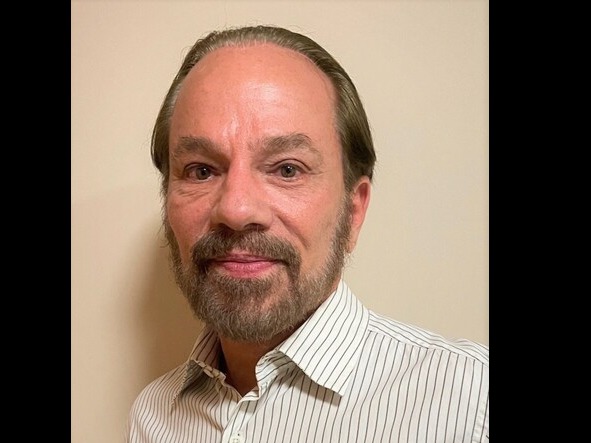
From Startup Troubleshooter to “Save the World” Inventor: The Unlikely Journey of Steve Benesi
If you ask Steve Benesi what he does, you won’t get a tidy elevator pitch. You’ll get a story—equal parts grit, invention, and a stubborn refusal to accept “good enough.” Benesi is the mind behind PneumaPress and, later, the Universal Vacuum Filter (UVF) at FM Technologies, systems designed to make industrial filtration radically simpler and dramatically more efficient. As he puts it: “Our goals all these years have been to outperform anything that exists by 10 times or more, by a magnitude or more.” His career spans critical nuclear-plant inspections, geothermal circuit test runs, and a global push to reimagine how we separate solids from liquids—the unglamorous backbone of mining, chemicals, and food processing.
Along the way, he’s kept a north star: “That’s my job - I have to save the world.”
Roots of a Researcher—and a Rebel
Innovation is practically a family pastime. “My father was with Einstein at Princeton, and my father was chosen first for the Manhattan District group of 25 top scientists, which became the Manhattan Project.” His brother led NMR research across major universities. Benesi jokes that he’s the “simple engineer,” but his path reads like a field guide to hands-on problem solving.
After college, he worked as a nuclear power plant inspector—testing and certifying welders, scrutinizing critical nuclear containment weldments and penetrations, and learning to be exacting under pressure. Then came the 1980s, when he crisscrossed factories as a startup and troubleshooting engineer for industrial filtration. That ground-level exposure seeded a belief he still holds today: fieldwork reveals what theory can miss.
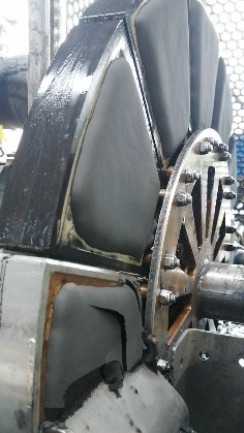
The Parking-Lot Bet That Changed Everything
By 1989, Benesi had gone out on his own. He developed new filter media and invented PneumaPress, which he describes unequivocally: “I developed and patented filter medias and invented PneumaPress filters. And at that time, it was the world's simplest and most effective automatic pressure filter.”
Money was tight. Determined to prove the concept, he built a pilot unit and, thanks to friends at a Southern California geothermal plant, took a moonshot. “Friends that actually worked at the plant who told me, come down here, bring your filter down here and sit in the parking lot and refuse to leave until they install it and test. And so that's exactly what I did.” A few weeks later: “Within about six weeks, I had my first purchase order, and it was for a million dollars.”
That first install opened doors—multiple follow-on units at the geothermal site, then a call from Kennecott Utah Copper that led to filtration systems for hydrometallurgical operations. Soon, food and starch processors discovered PneumaPress could simplify flowsheets and eliminate downstream equipment. The filter moved from pilot curiosity to global workhorse.
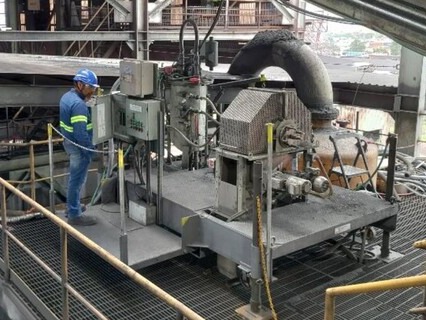
From Pioneer to President—and Back to the Lab
As success mounted, so did attention. Benesi lists an alphabet of suitors—Baker Hughes, Larox, Dorr-Oliver, Outotec, Metso—and in early 2008, FL Smidth acquired PneumaPress. He became a president within FL Smidth Minerals, got a close-up of big-company machinery, and realized he still wanted to build.
He left corporate life to tackle a different challenge: reinvent vacuum filtration. If pressure filtration “pushes” liquid out, vacuum filtration “pulls” it. But to Benesi, the real difference wasn’t force—it was fundamentals. He believed the entire mechanism could be reimagined.
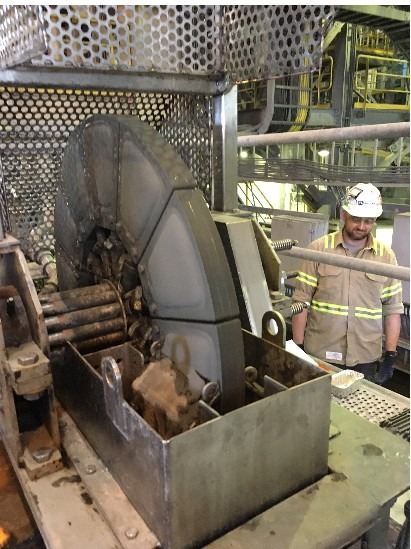
Inventing the Universal Vacuum Filter (UVF)
FM Technologies was born in 2013. The breakthrough, UVF, wouldn’t fit any known box. “This is all new fundamental technology,” he says. “They can't associate it with a ceramic filter or other vacuum filters…it is nothing like they had previously perceived and they need to be introduced to it.”
After thousands of tests, lab rigs in both California and Belo Horizonte, and a small commercial pilot, UVF started racking up performance wins. In side-by-side trials, the comparisons were blunt:
“One square meter of UVF equals 10 to 20 square meters of another vacuum filter.”
Against conventional filter presses, he often sees “an equivalent of 100 square meters” for every square meter of UVF area.
Those numbers translate into smaller footprints, smaller budgets, and lower lifetime costs. “We have the smallest installation footprint… The CAPEX…is a small fraction of the conventional filters… And the OPEX…is very low.”
Pandemic Setback, Global Momentum
COVID halted on-site work just as FM Technologies was ready to scale, but the team kept testing—shipping drums of slurry from around the world to their pilots in Novato and Brazil, refining geometry and media, and documenting results. As sites reopened, interest accelerated—especially from mining majors, which Benesi describes as “$150 billion a year-type group of companies.” Strict NDAs limit what he can share, but the arc is clear: installations, then bigger installations.
The market noticed. “Today, fabricators of other vacuum filters and filter presses are finally starting to build UVF technology. Very, very big step. Large companies who supply others’ equipment will not be swayed until they start missing sales.”
Benesi’s verdict is characteristically direct: “We really don't have any technical competitors or innovators that even come close.” A beat later, he adds, “We're the kings of actual ground-level filtration.”
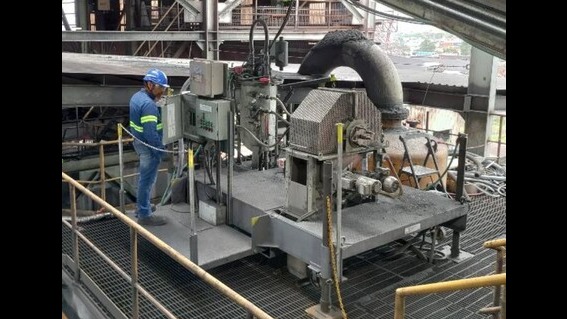
A Mission Larger Than Machinery
Benesi’s ambition isn’t just efficiency. It’s environmental. “I'm a big pusher of Save the World, eliminating emissions, eliminating pollution streams, and promoting free energy.” He designed and built solar for his home and FM Technologies’ shop. More urgently, he wants to end tailings disasters by changing how mines handle waste.
Instead of pumping slurries into massive dams that can fail catastrophically, he envisions tailings “stacked” in dense layers, then greened with plantings suited to the soil. With UVF delivering higher throughput and drier cakes, that vision becomes operationally plausible. The target he’s chasing isn’t a tagline. It’s outcomes: less water in waste, smaller footprints, safer sites, and landscapes that can heal.
The People Part: New Blood and Endless Curiosity
For all the patents and pilot rigs, Benesi lights up most when talking about young engineers. FM Technologies launched a work-study program and now blends hands-on shop learning with digital modeling and AI. The mix is electric. “It's very, very inspirational. Everybody gets excited. I have to ask them to be a little bit calmer sometimes.”
He’s just as candid about his own journey. He laughs about Chico State in the late ’60s, building Harleys with “coat hangers and O-rings and hose clamps,” and a long streak of independence. “I feel like I'm 17, I'm 17 and I'm running all the time.” He married later in life and has deep ties in Brazil, where he splits time, supports families, and continues to grow the company’s lab footprint.
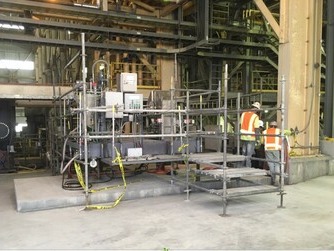
What Makes UVF Different (in Plain English)
Most filtration systems rely on cloth or ceramics and incremental tweaks to long-established designs. UVF reworks the fundamentals—how fluid moves, how solids form, how surfaces interact—so each square meter does radically more work. In practice, that means:
Higher throughput per unit area (10–20x vs. standard vacuum filters in many cases).
Drier cakes make stacking and transport easier and safer.
Smaller and safer plants with less steel, less power, and less maintenance.
Fewer downstream steps, since UVF collapses processes that previously required multiple machines.
Benesi’s favorite proof? Put the machines side by side. “The best way to see it is put the technology side by side. It's very dramatic.”
What’s Next
The team is scaling commercial UVF units and extending the tech into UPF (another platform he’s hinted at but hasn’t publicly detailed). They’re deepening partnerships with global operators and training a next generation of hands-on inventors who can toggle between CAD models and welding masks.
The goal remains audacious and disarmingly simple: filtration that erases waste. He’s blunt about industry rhetoric—“sustainable” without outcomes doesn’t move him—but optimistic about what better engineering can do.
Why Steve Benesi Matters Right Now
Because heavy industry is where climate arithmetic turns real. Filtration sits in the critical path of mining, metals, chemicals, and food. If each step can be 10x better, plants get smaller, wastes get safer, and water and energy footprints shrink. Benesi has spent a career betting that the hard, physical work—prototype, test, repeat—can bend those curves. The record suggests he’s right.
And if you ask him why he’s still pushing at 75, he’ll likely shrug, flash that mischievous smile, and circle back to where we started. “That's my job - I have to save the world.”
Here’s to the builders in the parking lots—and to the breakthroughs that follow when they refuse to leave.
To reach FM Technologies, you can call them at 415-897-4726 or visit their website at fmtechnologies.com

 Add Row
Add Row  Add
Add 

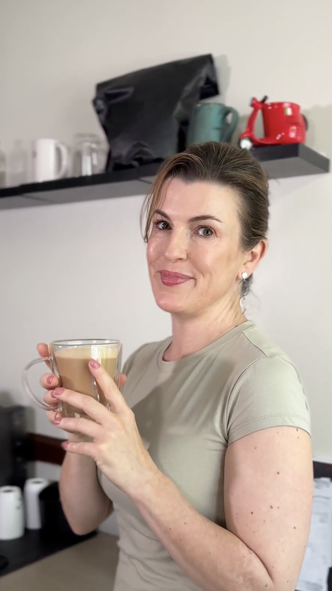

Write A Comment